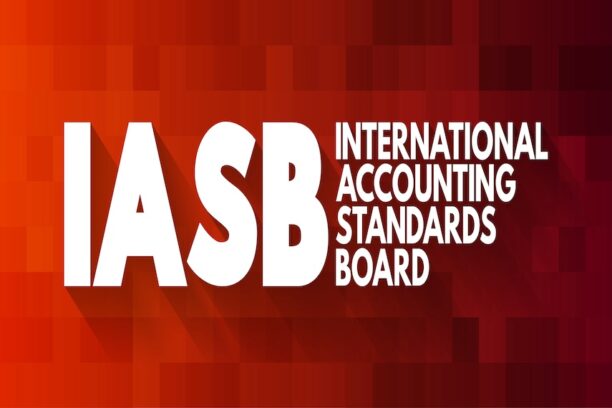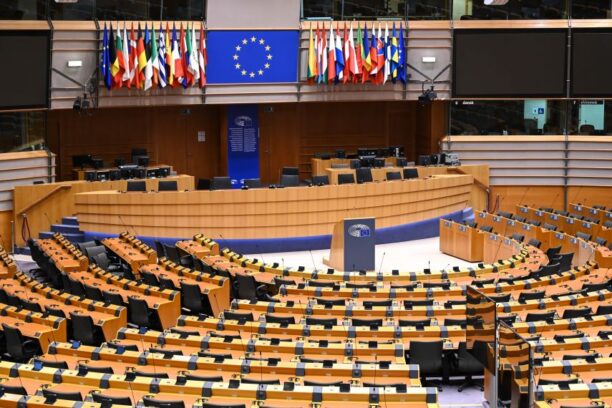Warning – the following article contains a myriad of abbreviations and acronyms that may be unfamiliar to some. Sorry about that, but like Forrest Gump said “It’s like a whole other country.”*
The past two weeks have seen major activity from the European Commission (EC) and European Banking Authorities (EBAs) regarding clarification and further development of the EU’s Sustainable Finance Disclosure Regulation (SFDR). First, on April 12, the EBAs published a joint consultation paper on the SFDR Regulatory Technical Standards (RTS) which includes analysis and recommendations for changes to the SFDR. Then on April 17, the EC published its answers to questions posed by the EBAs in September 2022, which further clarified how the SFDR should be interpreted as it currently exists.
The Need for Change and Clarity
Implementation of the SFDR has been fraught with difficulties. The law is designed to provide guidance and clarity to sustainable investment by introducing rules that increase transparency and reduce the risk of greenwashing through robust mandatory disclosures for financial firms. However, in an attempt to provide clarity, the EU introduced uncertainty because much of the language of the SFDR is vague.
This uncertainty led to a number of firms downgrading their funds from Article 9 to Article 8 (theoretically very green to maybe kinda green). According to Morningstar, the number of funds downgraded may be as high as 40%. This exodus of funds along with general confusion regarding the law makes the new guidance and proposed changes welcome news.
The Joint Consultation and Recommendations
The EBAs have been hard at work on their “Review of SFDR Delegated Regulation regarding PAI and financial product disclosures.” In February we wrote about how the EBAs said the document would not be prepared until six months after the original deadline of April 28, 2023. The agencies reversed course and delivered the review within the original timeframe. The consultation was ordered by the EC in April 2022, only one month after the original RTSs were adopted.
The EBAs proposed changes to the RTSs are significant. Linklaters published a full summary of the changes here, but major areas for changes include:
- Various changes to PAI indicators
- Proposed changes to the “do no significant harm” test
- Proposals on the treatment of derivatives
- Proposed changes to product-level disclosures
The Q&A Guidance
Much to the relief of financial service firms, the EC published long-awaited interpretation of the SFDR. The guidance comes in the form of answers to questions previously posed to the Commission by the EBAs in September 2022 and touches on several key areas of SFDR implementation. Debevoise & Plimpton provide a robust list of key takeaways from the Q&A document here, but major clarifications were made on:
- The definition of “Sustainable Investments” for Article 8 and 9 Funds
- Investment strategies based on reductions in carbon emissions
- Reporting on principle adverse indicators (PAIs) under Article 7
- Opting out of PAI reporting under Article 4
What This Means
The EC’s guidance document is effective immediately. It doesn’t change anything about the SFDR or the RTS, but clarifies how the EU government interprets the law. The EBAs recommendations may or may not become law, but changes to the RTSs are expected and their review will factor into what form those changes ultimately take. The SFDR was a major overhaul of sustainable investment and despite its shortcomings, the EU appears to remain dedicated to making it work.
For institutions and investors subject to the SFDR – expect more changes as the system continues to be tweaked. For those outside of the EU, the SFDR is still worthy of your attention. Keep in mind that US-based investment firms and institutions may still be subject to EU jurisdiction so you may not be off the hook to begin with. Also, other jurisdictions are devising sustainable investment regulatory schemes of their own. Popular elements of the SFDR may be adopted beyond the EU as other regulators globally watch its development closely and look for proven frameworks to model their own laws after.
Which may also unfortunately mean that you become familiar with a new universe of abbreviations and acronyms.
* Yes, I know that in the movie he was referring to Viet Nam, but work with me here.










